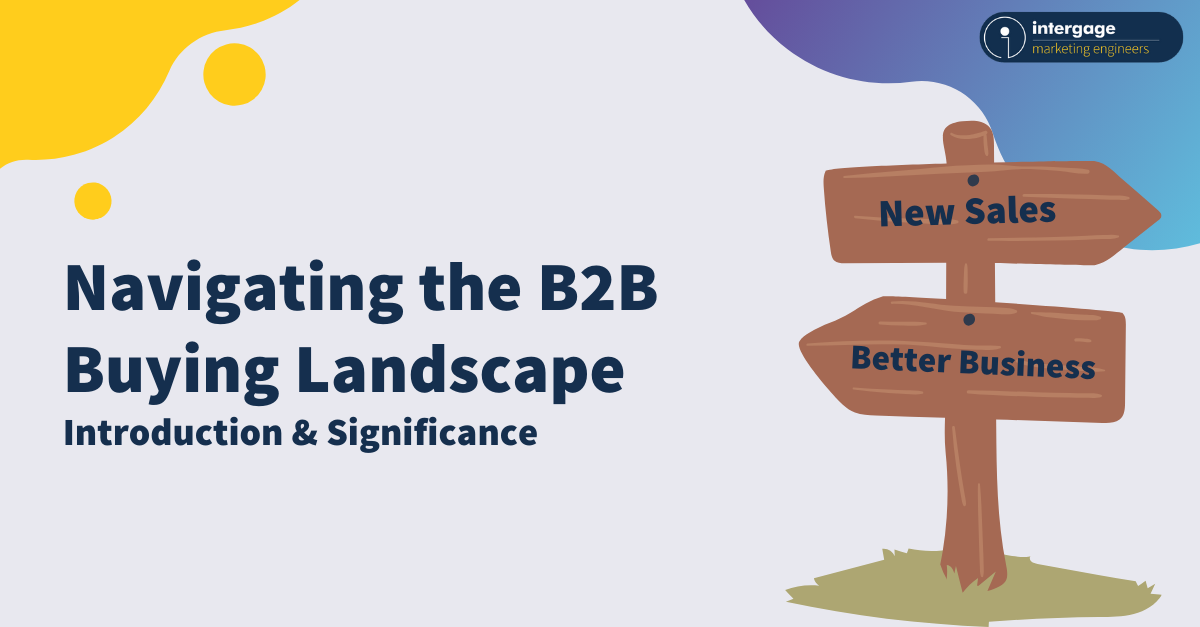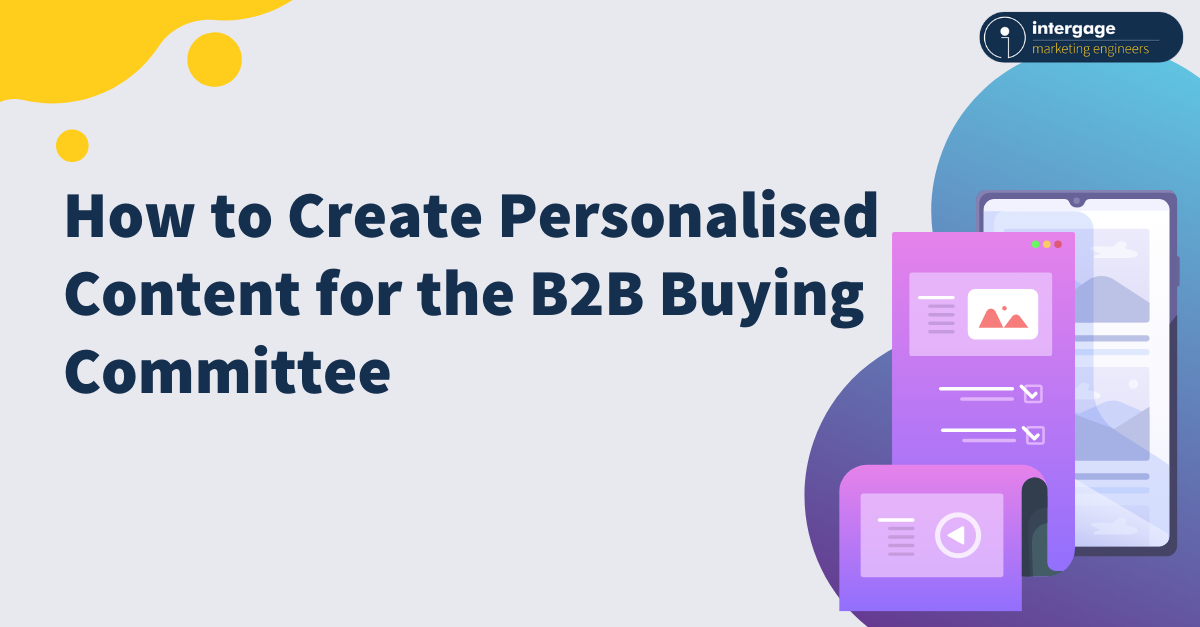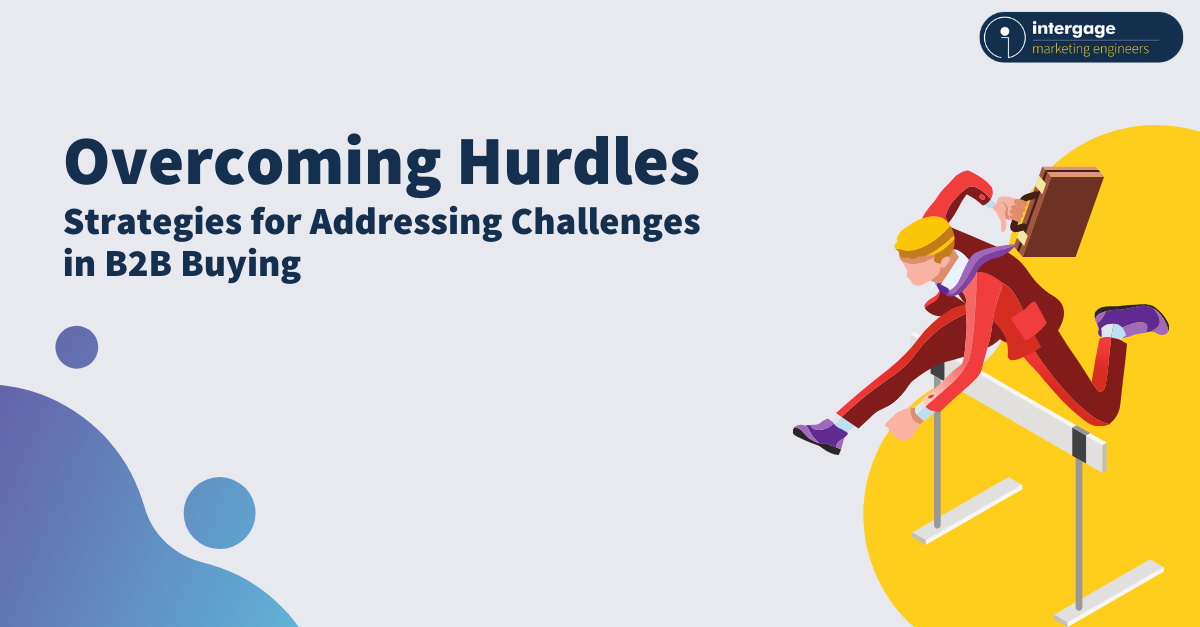Understanding Roles in the B2B Decision Process
Unlike B2C sales, B2B purchase decisions aren't made in isolation; they're the result of a collaborative effort among various stakeholders, each playing a distinct role at every stage of the decision process.
To decrease the friction between your buyers and the act of selling to them, it’s key you know the concepts behind buying jobs, such as what roles they play, and how they interact to shape purchase decisions.
Luckily for you, that’s what we’re here for.
Defining B2B buying jobs
B2B buying jobs are the multifaceted tasks and responsibilities that individuals or teams within an organization undertake during the buying process. These jobs encompass a range of activities, from identifying needs and exploring solutions to evaluating suppliers and executing purchases.
See, that wasn’t so difficult!
The Significance of B2B Buying Jobs
Before we dive into the specifics, let's grasp the significance of B2B buying jobs. In essence, these jobs are the key responsibilities or roles that individuals within a B2B organization play when making purchasing decisions. Recognizing and understanding these roles is crucial because they determine the fate of your sales efforts.
Breaking down the roles
- Problem Identifiers: These are the individuals within an organization who identify the issues or challenges that need to be addressed. They might be managers, department heads, or even frontline employees who spot inefficiencies or areas that require improvement. They get the ball rolling.
- Solution Choosers: Solution choosers are tasked with evaluating potential solutions to the identified problems. They assess various options, compare features, and determine which solution aligns best with the company's needs.
- Influencers: Influencers wield significant power in the decision-making process. They may not have the final say, but their opinions and recommendations can sway the outcome.
- Budget Holders: These individuals control the purse strings and determine whether the proposed solution fits within the budget. Then, they can allocate resources accordingly. Their decision often holds considerable sway on whether a deal is won or lost.
- Gatekeepers: Gatekeepers control access to key decision-makers. They filter out information and proposals, ensuring that only relevant and promising options reach the decision-makers' desks.
Understanding the interplay
Effective B2B selling isn't about targeting just one role; it's about understanding how these roles interact. Picture it as a symphony, with each role playing its unique instrument to create harmony:
- Problem identifiers start the process by identifying pain points or inefficiencies.
- Solution choosers harmonise by evaluating potential fixes and presenting options to the decision-makers.
- Influencers provide a chorus of expert opinions and guidance.
- Budget holders orchestrate the financial aspects, ensuring everything stays in tune with the budget.
- Gatekeepers ensure that the flow of information to key stakeholders remains harmonious and relevant.
This intricate interplay eventually culminates in a decision that can either be a crescendo of a successful sale or a discordant note of rejection.
Real-world examples of B2B buying jobs
Let's put these concepts into perspective with some real-world examples:
Manufacturing sector
Imagine a manufacturing company aiming to upgrade its production line: the production manager (problem identifier) notices a slowdown in efficiency. They consult with the engineering team (solution choosers), who explore various equipment options. An industry consultant (influencer) provides insights into cutting-edge technology. The CFO (budget holder) ensures the budget aligns with the company's financial goals, and the procurement manager (gatekeeper) manages vendor interactions. Together, they harmonise the decision process, resulting in a strategic equipment upgrade.
Tech Sector
In a tech company, the IT department (problem identifier) identifies security vulnerabilities in their network. The IT director (solution chooser) evaluates cybersecurity solutions and seeks recommendations from a trusted IT security consultant (influencer). The CFO (budget holder) assesses the financial impact, while the executive assistant (gatekeeper) manages vendor communication. This ensemble collaborates to orchestrate a cybersecurity solution that safeguards the company's digital assets.
As we unravel the key players, we unlock the interwoven and collaborative essence of B2B buying. Real-world examples from various sectors vividly showcase these roles in action, underscoring the need to align strategies with the multifaceted needs of stakeholders.
Want to know more about enabling your buyers? Take a look at this guide!



